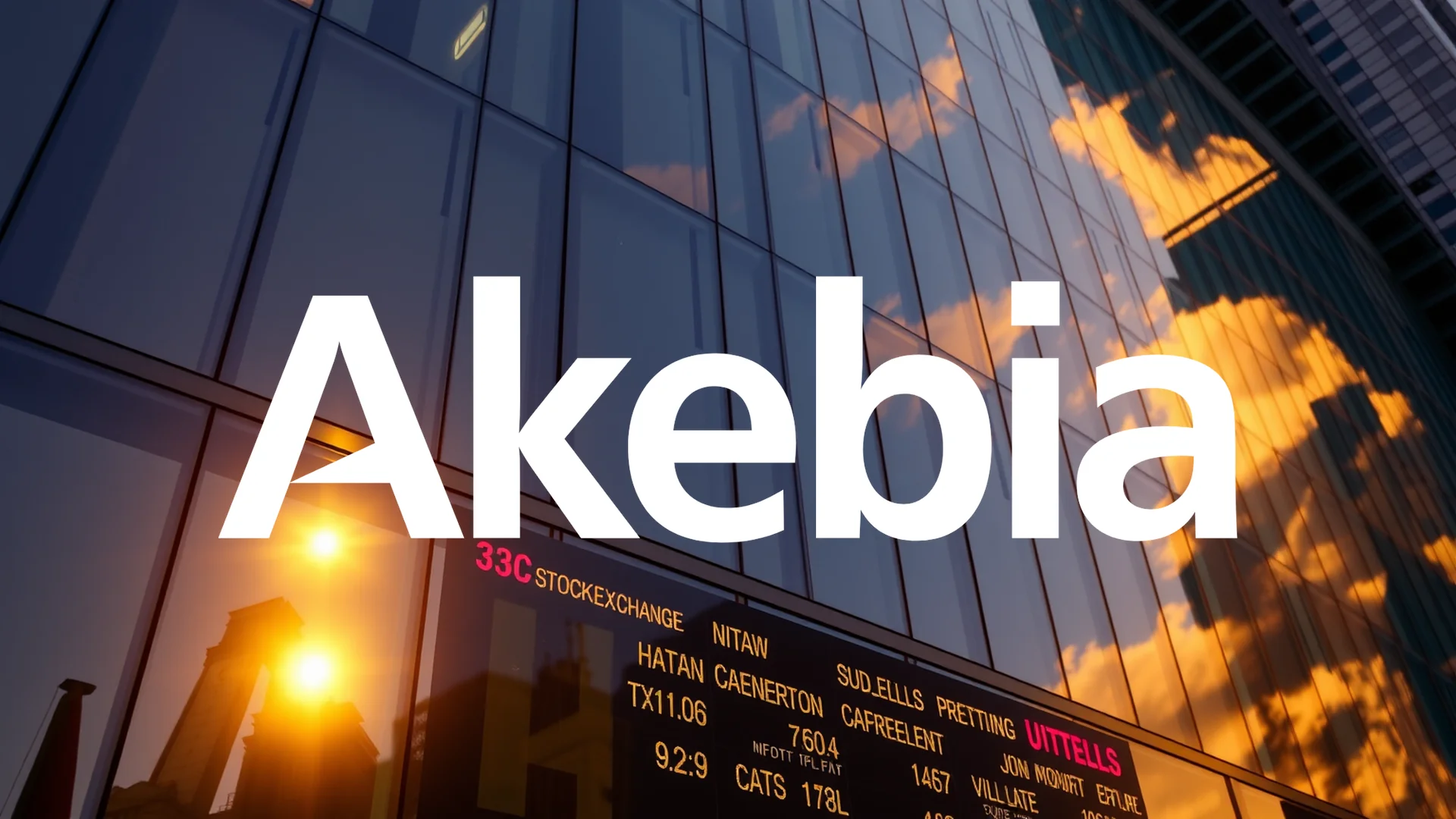Bitcoin’s Critical Test: Can the $100,000 Support Level Hold?
Market sentiment across the cryptocurrency landscape is fraught with tension. Bitcoin is currently engaged in a fierce struggle to defend the psychologically crucial $100,000 threshold. This pivotal battle between optimistic buyers and a surge of doubt raises a fundamental question for investors: will the flagship digital asset consolidate its position, or is a significant correction on the horizon?
Institutional Confidence Provides a Counterweight
Amid the prevailing uncertainty, a major signal of institutional belief has emerged. MicroStrategy, widely recognized as a corporate trailblazer in Bitcoin adoption, has made another substantial purchase. The company acquired an additional $50 million in BTC at an average price of $102,557 per coin. This strategic move boosts its formidable holdings to a staggering 641,692 Bitcoin, serving as a powerful endorsement of the cryptocurrency’s long-term value proposition.
Furthermore, a potential shift is occurring within Bitcoin spot ETFs. Following a period of slowing activity, these investment vehicles have registered net inflows of $524 million. This resurgence of institutional capital could help alleviate selling pressure and inject fresh momentum into the market.
The Grip of Fear and Macroeconomic Sensitivities
The current anxious mood is quantifiable. The Crypto Fear & Greed Index has plunged to a reading of 25, firmly positioning it in the “Fear” territory. After trading above $105,000 earlier in the week, Bitcoin’s upward drive has notably weakened. A concerning metric for bulls is the asset’s current price, which sits a substantial 18% below its 52-week high of $124,773. This consolidation phase highlights the market’s heightened sensitivity to broader economic indicators.
On a positive note, overall market health remains robust, with the total cryptocurrency market capitalization holding strong at $3.49 trillion. Increased trading volumes also suggest active participation at these price levels.
Political Developments and Technical Posture
Recent political events have demonstrated Bitcoin’s reactivity to governmental dynamics. The resolution of a record 43-day US government impasse was met with a positive market response, temporarily propelling Bitcoin’s price upward by nearly $3,000. This event underscored the asset’s role as a barometer for political stability.
From a technical analysis perspective, the Relative Strength Index (RSI) sits at 38.1. This indicates that Bitcoin is not in oversold territory but confirms a distinct lack of bullish momentum. The high volatility reading of 31% further reflects the skittishness among traders. Meanwhile, the network’s mining difficulty has undergone a slight downward adjustment.
The Path Forward Hinges on Key Levels
All attention is now laser-focused on the $100,000 support zone. A successful defense of this critical level could establish a foundation for a price recovery. For traders, a decisive breakout above $108,000 would be required to signal that the bulls have regained firm control of the market.
The immediate future appears to be a waiting game, with investors poised for the release of upcoming macroeconomic reports. Key inflation figures and labor market data are expected to be the primary catalysts for Bitcoin’s next significant directional move. The current calm may represent the lull before a storm or the quiet consolidation preceding the next major rally.
Amazon’s Aggressive AI Expansion Fuels Cloud Computing Ambitions
Amazon is making strategic moves that extend far beyond its e-commerce roots, with the company’s cloud computing division emerging as its primary profit driver. The tech behemoth is channeling billions into data center development while rapidly deploying new artificial intelligence capabilities. This concerted push signals Amazon’s determination to maintain AWS’s industry leadership, though questions remain about its ability to outpace competitors like Google in the intensifying cloud race.
Robust Quarterly Performance Sets Stage
The company’s late October earnings report delivered impressive results, providing momentum for its ambitious investment plans. Amazon shares recorded earnings of $1.95 per share, representing a substantial 36% increase that comfortably exceeded analyst projections of $1.57. Revenue climbed 13.4% to reach $180.17 billion. Particularly noteworthy was AWS’s performance, which accelerated to 20% growth with revenue hitting $33 billion.
This strong financial showing comes as Amazon significantly boosts its capital expenditures, raising its 2025 investment plan from $118 billion to $125 billion. Much of this capital is directed toward constructing AI-optimized data centers across global markets.
Infrastructure Expansion Gains Momentum
Amazon Web Services is aggressively building out its physical infrastructure to support growing AI workloads. A recent transaction in Israel exemplifies this strategy, where AWS secured a 4-hectare property for a new data center spanning 60,000 square meters. The underlying rationale is straightforward: maintaining leadership in artificial intelligence requires massive deployment of modern servers equipped with high-performance graphics processing units.
This infrastructure buildup aims to address exploding demand for generative AI and computationally intensive applications. Amazon’s approach involves not only providing raw computing power but also delivering ready-to-use AI solutions that customers can implement immediately.
Accelerated AI Product Rollout
The company has been introducing new artificial intelligence tools at a remarkable pace:
- Kindle Translate – An AI-powered translation service for e-books on the Kindle platform, initially supporting English, Spanish, and German
- Amazon Business AI-Suite – A collection of tools designed to help businesses automate processes and reduce operational costs
This product offensive complements Amazon’s infrastructure investments, creating a comprehensive ecosystem for cloud customers.
Competitive Landscape Intensifies
Despite AWS’s strong growth, Google Cloud has been expanding at an even faster rate, intensifying the battle for cloud market dominance. This competitive pressure explains Amazon’s aggressive investment strategy, combining massive infrastructure spending with a continuous stream of new AI tools to solidify its market position.
Market analysts generally maintain an optimistic outlook toward Amazon’s strategy, with many recommending purchase of the shares. Early signs of efficiency gains are already visible, with profit growth significantly outpacing revenue expansion. The coming quarters will prove crucial in demonstrating whether Amazon can convert its cloud offensive into sustained profitability. Fourth-quarter results will reveal whether the company’s multi-billion dollar wager is paying off or if competitors are gaining ground in the high-stakes cloud computing arena.
Is ON Semiconductor Stock Mounting a Recovery?
While the semiconductor sector continues to grapple with sales challenges, one established industry player is demonstrating unexpected resilience. ON Semiconductor has delivered a positive earnings surprise, fueling speculation that a long-awaited turnaround may be underway. Could this signal the beginning of a sustained recovery for the stock following its significant decline?
Institutional Investors Show Confidence
Major investment firms are already positioning themselves for a potential rebound. Recent activity shows ProShare Advisors LLC increased its stake by 4.2 percent during the second quarter, while Aviva PLC boosted its position by an even more substantial 6.7 percent. These strategic moves by institutional investors suggest growing confidence in the long-term prospects of the semiconductor specialist.
Quarterly Performance Exceeds Expectations
The company’s third-quarter 2025 results delivered the positive surprise market watchers had been hoping for. ON Semiconductor surpassed analyst projections on both key metrics: earnings per share came in at $0.63 compared to the anticipated $0.59, while revenue reached $1.55 billion against expectations of $1.52 billion. Although revenue represents a 12 percent decrease year-over-year, this actually makes the current development more noteworthy. The market appears to be rewarding the possibility that the company has navigated through its most challenging period and is now stabilizing. The fourth-quarter guidance further reinforces this narrative, pointing to stability within a difficult market environment.
Mixed Signals from Market Analysts
The analytical community presents a divided perspective on ON Semiconductor’s outlook. Some firms have reaffirmed their confidence, with Truist Securities raising its price target to $51 and Benchmark maintaining a bullish $60 target. Conversely, Piper Sandler adopted a more cautious stance, reducing its target from $65 to $55, citing broader valuation adjustments across the semiconductor sector.
The overall analytical picture remains fragmented. Among the 33 analysts covering the company, 12 recommend a “Strong Buy” rating while 18 advise holding the stock. The average price target sits around $59, which would represent significant upside potential from current trading levels.
Sector Context and Future Prospects
The broader industry context continues to present challenges. The entire semiconductor space is experiencing cyclical weakness, and the Nasdaq has recently shown signs of fatigue. However, industry forecasts provide reasons for optimism, with projections indicating record sector revenue of $697 billion for 2025.
The critical question remains whether ON Semiconductor can capitalize on the anticipated industry resurgence and definitively reverse its downward trajectory of recent months. The latest financial figures and increased institutional interest certainly provide grounds for cautious optimism about the company’s recovery prospects.
Casella Waste Stock: Strong Fundamentals Amid Market Weakness
While many sectors face economic headwinds, one American waste management company continues to demonstrate the profitability of the disposal business. Casella Waste Systems recently delivered impressive quarterly results and maintains an aggressive acquisition strategy, yet its shares have encountered significant downward pressure, creating a puzzling divergence between operational success and market performance.
Analyst Confidence Persists Despite Share Price Decline
Market experts remain bullish on Casella Waste Systems despite recent stock market challenges. William Blair has raised its earnings projections for the second quarter of 2026 while reaffirming its “Outperform” rating. Similarly, Raymond James Financial maintained its “Strong Buy” recommendation for the company.
Barclays established a price target of $95 per share, while Loop Capital upgraded the stock to “Buy.” The consensus forecast for 2026 anticipates revenue of approximately $1.98 billion, representing a 10 percent increase compared to the trailing twelve months. Even more optimistic are earnings per share projections, with analysts predicting a 205 percent surge to $0.73.
Exceptional Quarterly Performance Exceeds Expectations
The company’s most recent quarterly report delivered standout results that surpassed market expectations. Casella posted earnings per share of $0.42, significantly exceeding the $0.32 consensus estimate among analysts. Revenue performance proved even more impressive, reaching $485.4 million to beat projections while achieving robust year-over-year growth of 17.9 percent.
This expansion was primarily fueled by strategic price increases, higher landfill volumes, and successful integration of acquired operations. Although adjusted EBITDA of $112.8 million came in slightly below expectations, the company maintained stable operating margins at 6.1 percent.
Strategic Expansion Through Targeted Acquisitions
Casella’s growth strategy centers on carefully selected acquisitions that complement and strengthen its core operations. This year alone, the waste management firm has incorporated eight companies generating approximately $105 million in annual revenue. The planned acquisition of Mountain State Waste, scheduled for early 2026, is expected to contribute an additional $30 million in yearly sales.
The company’s approach balances smaller tuck-in acquisitions with more substantial transactions designed to increase market density in the Mid-Atlantic region. This geographic concentration strategy enables operational synergies and improved efficiency across business units.
The Critical Question: When Will Shares Rebound?
With an average analyst price target around $107.75, significant upside potential appears to exist from current trading levels. However, the stock currently faces technical resistance, trading substantially below both its 50-day and 200-day moving averages.
Upcoming presentations at the Baird Global Industrial Conference and the Goldman Sachs conference in early December provide management with opportunities to articulate their strategic vision and rebuild investor confidence. The central question remains whether Casella Waste Systems can translate its operational excellence into corresponding share price appreciation.
Akebia Shares Defy Positive Earnings Report with Sharp Decline
In a surprising market response, Akebia Therapeutics witnessed its stock value plummet despite announcing its first profitable quarter in years. The biopharmaceutical company reported impressive third-quarter 2025 results, including a dramatic swing to profitability and substantial revenue growth, yet investors drove shares down by more than 14% following the announcement. This counterintuitive reaction has left market observers questioning what drove the negative sentiment toward what appears to be a successful turnaround story.
Financial Performance Shows Mixed Signals
Akebia’s quarterly financials present a complex picture. The company achieved net income of $540,000, marking a significant recovery from the $20 million loss recorded during the same period last year. Revenue surged 57% to reach $58.77 million, primarily driven by strong performance from its flagship products Vafseo and Auryxia.
However, the earnings per share figure remained at zero cents, falling short of analyst projections. This specific metric appears to have overshadowed the broader positive financial developments in the eyes of investors, suggesting that expectations had been set higher than the actual results delivered.
Strategic Shifts and Market Positioning
The company is currently implementing crucial strategic initiatives that carry both potential rewards and risks. A pilot program with DaVita, underway across more than 100 clinics, aims to significantly expand Vafseo’s patient reach. The initiative targets growth from the current 60,000 patients to approximately 275,000 by year-end.
Simultaneously, Akebia has made the strategic decision to narrow its focus, opting not to pursue broader regulatory approval for Vafseo in non-dialysis patients. While this concentrated approach may strengthen execution in core markets, it potentially limits the drug’s long-term growth opportunities. Recent clinical data presented at the ASN Kidney Week conference demonstrated positive outcomes for Vafseo, though evidently this wasn’t sufficient to reassure investors about the company’s strategic direction.
Technical Indicators Reflect Ongoing Challenges
Market technicians point to concerning patterns in Akebia’s stock behavior. Despite minor recovery attempts after the sharp decline, the equity remains in a technically vulnerable position. Trading more than 50% below its 52-week high and showing bearish signals from moving averages, the stock appears to maintain its downward trajectory.
Although the Relative Strength Index indicates oversold conditions, volatility exceeding 100% suggests that significant price fluctuations will likely continue. The central question facing investors is whether Akebia’s recent profitability marks the beginning of sustained recovery or merely represents a temporary pause in a longer-term decline.










